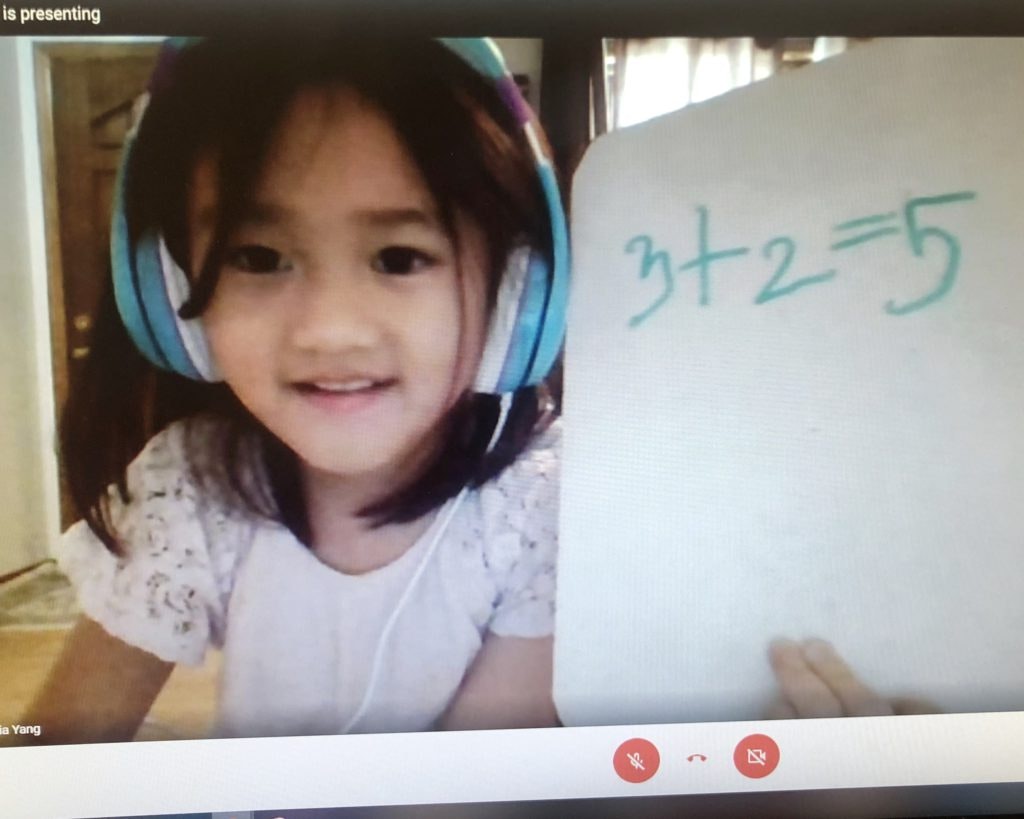The wait is over for 500 low-income Milwaukee kids who can’t access remote learning
How the AT&T homework gap program is making it possible

takes part in a virtual classroom
Milwaukee, Wisconsin (February 23, 2021) – Imagine the negative effect of being a student in 2021 without reliable internet access.
It’s a stark reality and challenge for a Milwaukee school that is working to deliver a high-quality education to some of the country’s most disadvantaged students.
“When the pandemic began, everything went virtual. Without good internet access, students couldn’t do homework assignments or take part in class,” said Bao Vickie Xiong, IT Manager, Hmong American Peace Academy (HAPA). “Some of our families had four or five students in the same home. They needed hotspots to handle the increased demand on internet access.”
It was a need that school administrators and IT staff at HAPA did their best to fill—giving out 400 mobile Wi-Fi hotspot devices so far during the pandemic.
“We collected surveys to find out who needed the hotspots and provided as many as we could, but we still have a waiting list,” added Xiong.
About 96% of children who attend HAPA are from low-income families. The school provides K-12 students with college prep learning while focusing on Hmong cultural values—honoring the Asian heritage of most (98%) of those who attend.
Many of the students’ households are also multi-generational—meaning other family members are often sharing devices and the internet.

“We are 1-to-1 on Chromebooks, but the students are on Google Meet all day,” said Xiong. “If you have four or five people on the internet at once, you need a lot of bandwidth, so students are getting kicked off and missing their classes.”
In hopes of filling the hotspot waitlist and helping more of its students, the school applied for support from AT&T K-12, which is providing free wireless internet access and mobile Wi-Fi hotspots to K-12 at-risk students across the country.
HAPA learned this month it will be receiving enough mobile hotspots and wireless services to help an additional 500 students.
“What really moved our team about the Hmong American Peace Academy’s application was not only the significant demonstrated need, but also the passion and dedication of the Academy’s staff in taking action to address it. It was heartening to see that they’re going the extra mile to ensure these devices and services get into the hands of students who need them most,” said Brent Legg, Executive Vice President of Government Affairs, Connected Nation (CN). “Our hope is that this award will make Internet access one less thing that the academy’s teachers and students have to worry about so that they can focus on what matters most: high-quality learning experiences.”
CN, a national nonprofit working toward expanding broadband (high-speed internet) access, adoption, and use to ALL families, is overseeing the program—which is made possible by a $10 million funding commitment from AT&T.
The program, which closed its application portal Jan. 11, is focused on impacting at-risk students with an emphasis on helping some of the most vulnerable students in the country—including students with disabilities, students in foster care, students experiencing homelessness, English language learners, and others.
There are 124 awardees in the program that span 26 states—representing 81 school districts and 43 nonprofits. In total, 35,000 hotspots will be given to program that help at-risk students across the country.

takes part in a virtual lesson
Xiong points out that even when HAPA and other schools eventually move back to in-person instruction, the need for and benefits of having improved internet access will remain.
“Without reliable home access, we won’t be able to send home assignments. We have also learned that having the hotspots in the home increases direct communication with parents because they can contact us more easily—and parent engagement is extremely important.”
Learn more about the Hmong American Peace Academy at https://www.myhapa.org/.






